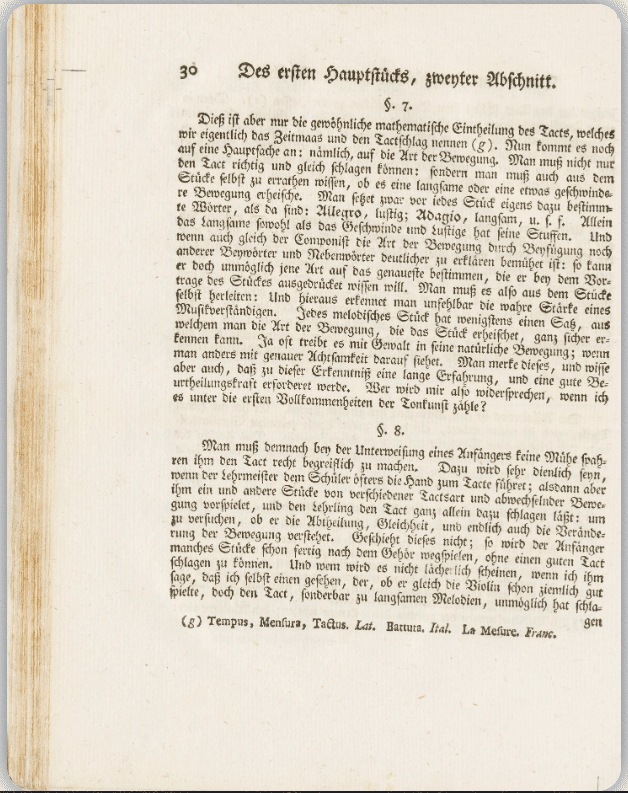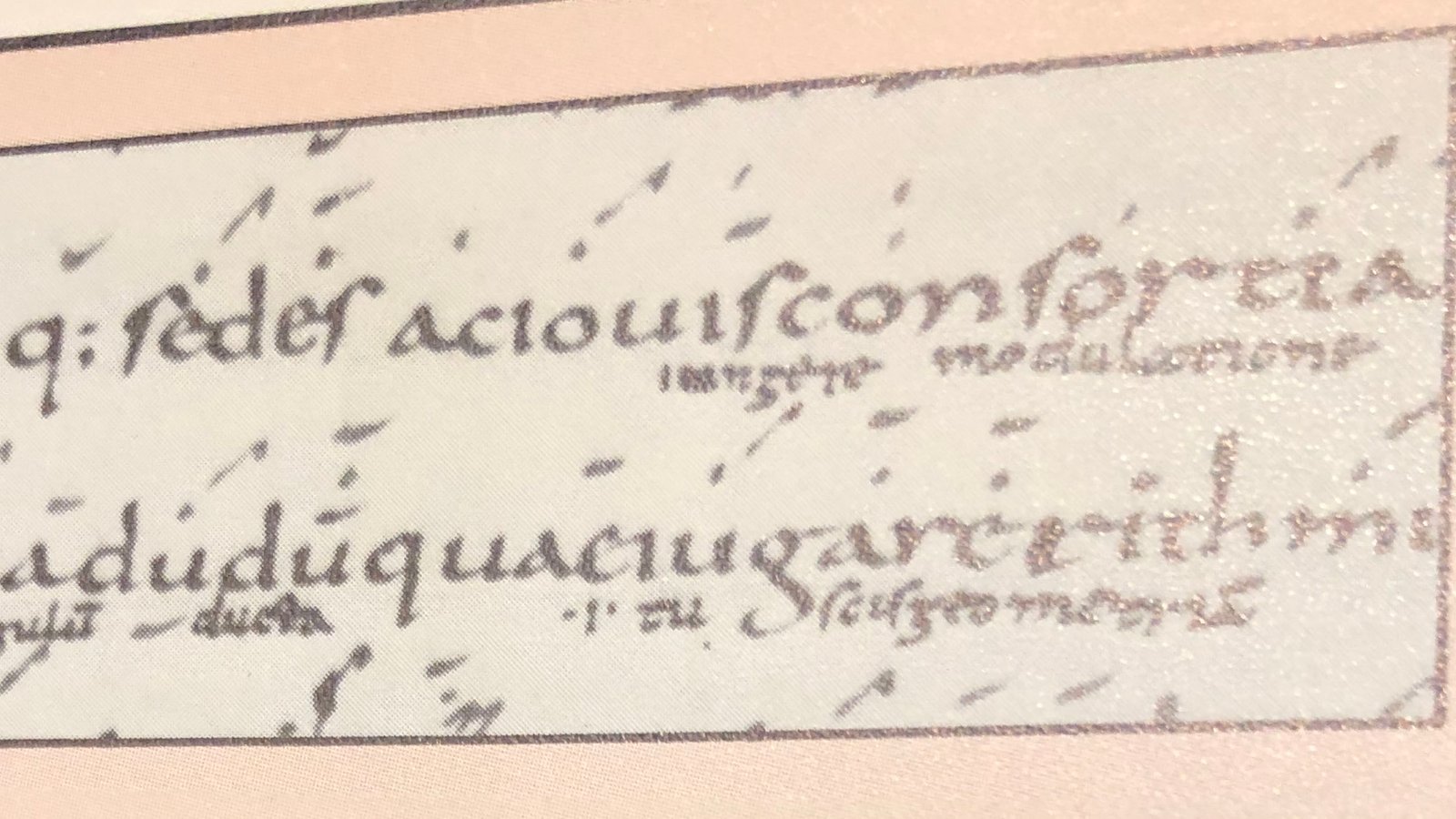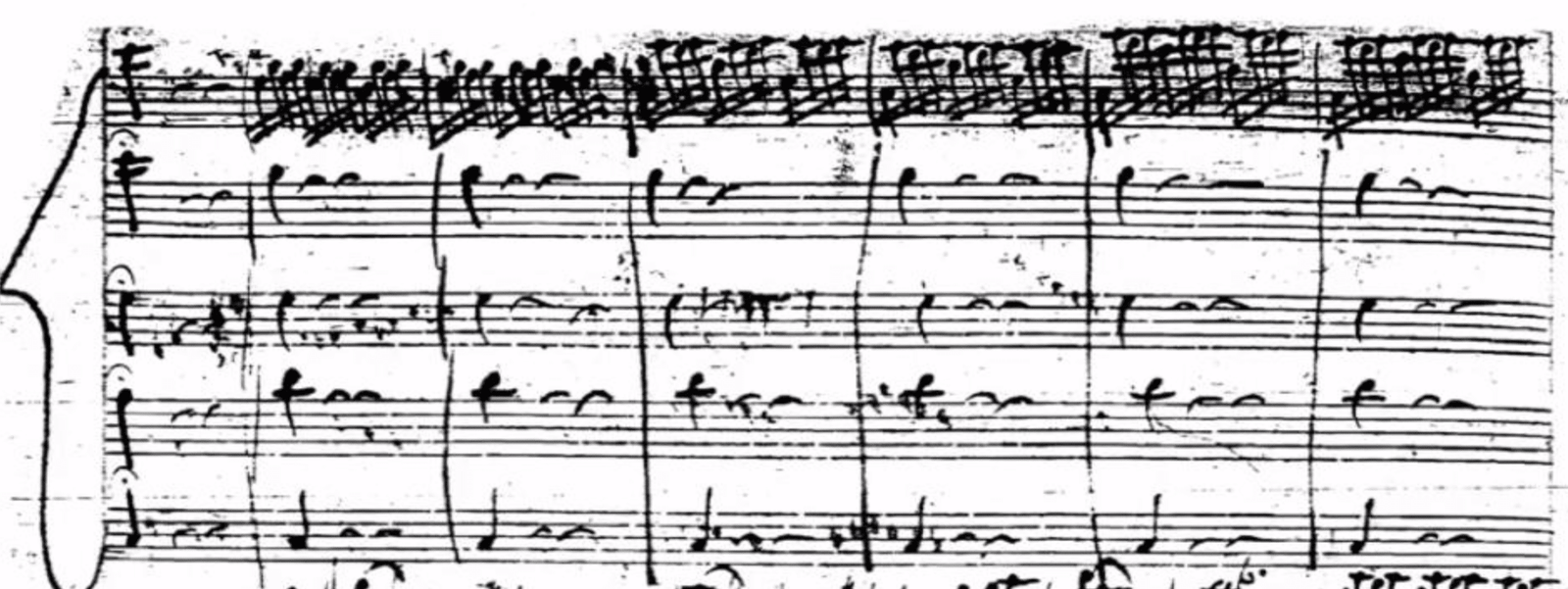Considerations for the future of wind bands, part 2
For thousands of years, the generally accepted definition of Music has been that music is a special language for communicating feeling or emotions to the listener. We all understand this, but we do not teach this. We all make a distinction between hearing someone who “just plays the notes” and someone who we say is “musical.” But we do not teach this distinction.
We are teaching only half the music. In general, we teach only what the eye sees on the score page because the definitions of these general grammatical symbols are universally understood and therefore can be communicated and understood. On the other hand, that which has to do with interpretation or musicality is personal, found in the right hemisphere of our own brain and therefore is very difficult to communicate in language to another person. We must pause here to mention that the right hemisphere of the brain is mute, it cannot speak or write; it cannot form a sentence. Thus it is often said that Music is the most important vehicle of communication for the right hemisphere — which, containing our own experiences, is the real us. The left hemisphere contains only the experiences of other writers and is entirely past tense!
Since we only teach half of music, the left hemisphere part we can see, the results are catastrophic. It makes aesthetic adjudication in music impossible. Look at the adjudication sheet and you will see mostly the left hemisphere data words: intonation, balance, dynamics, etc., but where is the adjudication form which asks, “Was this performance musical?” That question, the most important thing which can be adjudicated, is missing because of how we teach. The implication is that if all those left-brain data points are correct then the performance will be musical. But that is not true, is it?
Our way of teaching only half the music, the left brain data which the eye can see, incorrectly gives the student the impression that music is for the eye. It follows that the student assumes that solutions in interpretation are made by the eye. Tempo is a good example: the student looks at the top of the page and sees “Allegro,” and on this basis alone he makes a decision on tempo even though he has not yet even looked at the actual music. This has long been a problem. Leopold Mozart, in his violin treatise of 1756, makes a strong point that the student must find the correct tempo in the actual music because these Italian words at the top, Allegro, Andante, etc. , have already lost their meaning!

Leopold Mozart, Violin Treatise, 1756
We can see this loss of precision in various documents discussing the Adagio in the mid-18th century. The Quantz Treatise on Flute Playing of 1752 gives Adagio as quarter note = 40, which is slower than most performances today. Indeed Quantz advises that probably one should conduct the eighth-note at this tempo. At the same time, Mozart uses the word “Adagio” without meaning any specific slow tempo at all. Indeed, Mozart told his sister that “never in my life have I ever written a slow movement.”
And of course the metronome is a special problem, a mechanical instrument far removed from the world of feeling. Beethoven, the first important composer who used his friend’s invention observed,
“Yes, it is a helpful instrument, but only for the first couple of measures. After that, feeling has its own tempo.”
That is something we all do in our performance, but no school teaches the principles of the relationship between feeling and tempo as a major element of performance.
And finally, we ignore the audience entirely, the very people who understand by nature that music is for the ear! One person observed that since we teach music for the eye, perhaps we should forget performance and just hand out copies of the score to the audience.




